 | James Stewart Eaton - 1870 - 208 pages
...divide is the DIVISOR ; the number of times the dividend contains the divisor is the QUOTIENT ; and, if the dividend does not contain the divisor an exact number of times, the part of the dividend that is left is the REMAINDER. NOTE. The remainder, being apart of the dividend,... | |
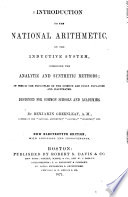 | Benjamin Greenleaf - Arithmetic - 1871 - 350 pages
...the divisor is contained in the dividend ; or one of the equal parts into which it is divided. When the dividend does not contain the divisor an exact number of times, the excess is called a Remainder, and may be regarded as a fourth term in the division. The remainder,... | |
 | Horatio Nelson Robinson - Arithmetic - 1875 - 468 pages
...number is 1 divided by the number. Thus, the reciprocal of 15 is 1 -j- 15, or T'5. NOTES. — 1. When the dividend does not contain the divisor an exact number of times, the part of the dividend left is called the Jiemainder, which must be less than the divisor. 2. As the... | |
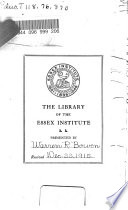 | George Augustus Walton - 1876 - 358 pages
...m the quotient, and therefore take 17 (thousands) for our first partial dividend. We find also that the dividend does not contain the divisor an exact number of times, but that there is a remainder of 5. As this does not contain 7 any whole number of times, we can indicate... | |
 | Popular educator - 1876 - 854 pages
...numbers means that the first is to be divided by the second. Thus, 19 -7- 5 means 19 divided by 5. If the Dividend does not contain the Divisor an exact number of times, it will contain it a certain number of times (the Quotient) with a number left over, which will be... | |
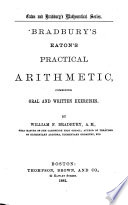 | William Frothingham Bradbury - 1882 - 416 pages
...number by which to divide. The Quotient is the number of times the dividend contains the divisor. If the dividend does not contain the divisor an exact number of times, the part of the dividend which is left is called the Remainder. 68. The sign of division, -f- , indicates... | |
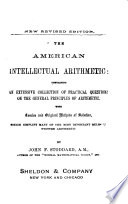 | John Fair Stoddard - 1866 - 188 pages
...the required part of the dividend ; 4. Ttie Remainder is the part of the dividend which is left, when the dividend does not contain the divisor an exact number of times. The remainder is always less than the divisor. LESSON X. 1 . 8 are how many times 2 ? ANALYSIS. — 8 are... | |
 | Robert Johnston (F.R.G.S.) - 1879 - 320 pages
...the dividend is to be divided, is called the Divisor ; and the result or answer the Quotient. When the dividend does not contain the divisor an exact number of times, there is a Remainder, which is always less than the divisor. DIVISION enables us to find the third... | |
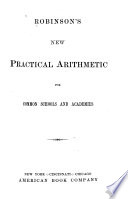 | Horatio Nelson Robinson - Arithmetic - 1892 - 428 pages
...the process of division, and shows how many times the divisor is contained in the dividend. 1. When the dividend does not contain the divisor an exact number of times, the part of the dividend left is called the remainder, and it must be less than the divisor. 2. As the... | |
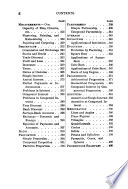 | Horatio Nelson Robinson - Arithmetic - 1892 - 428 pages
...the process of division, and shows how many times the divisor is contained in the dividend. 1. When the dividend does not contain the divisor an exact number of times, the part of the dividend left is called the remainder, and it must be less than the divisor. 2. Aa the... | |
| |